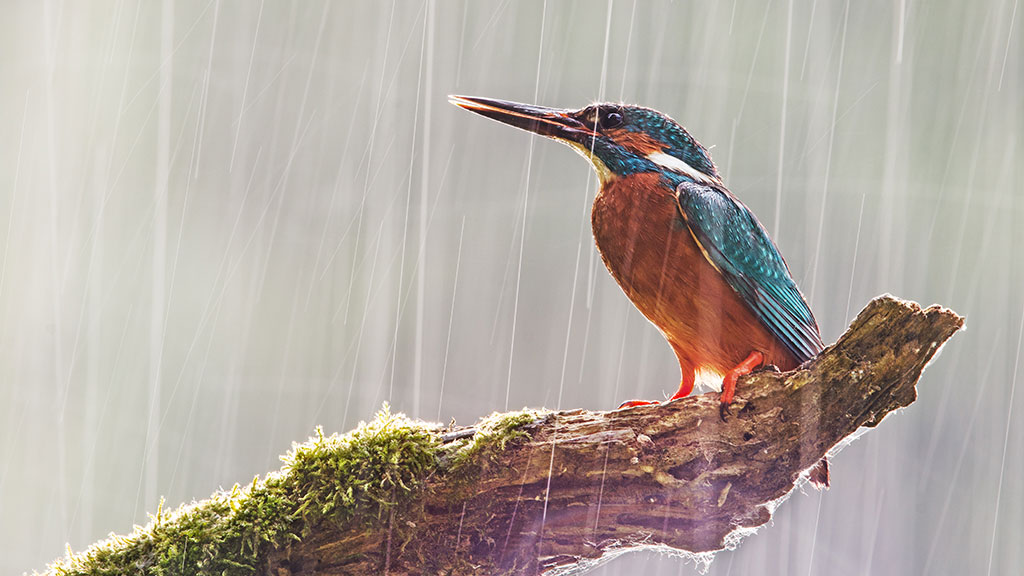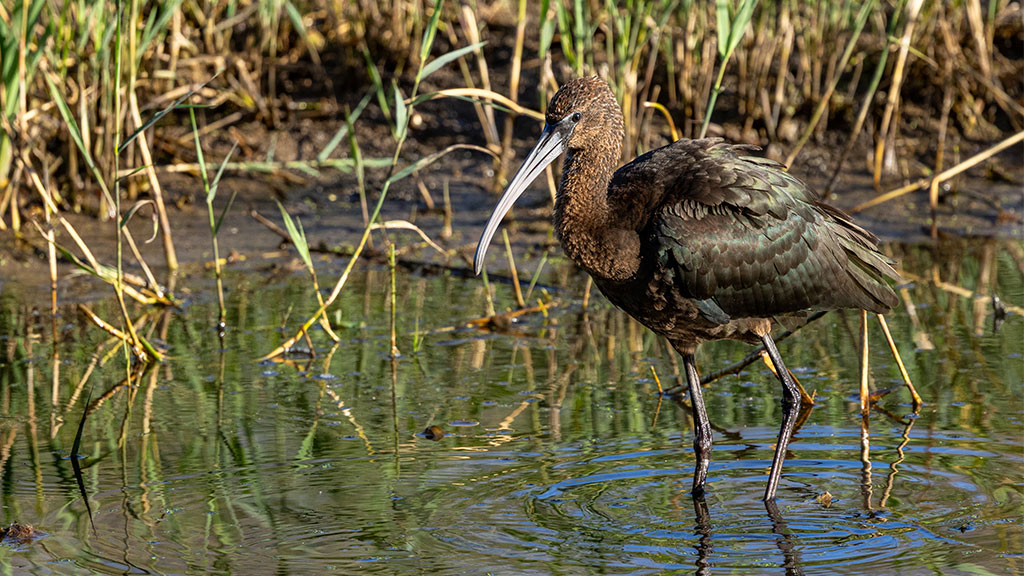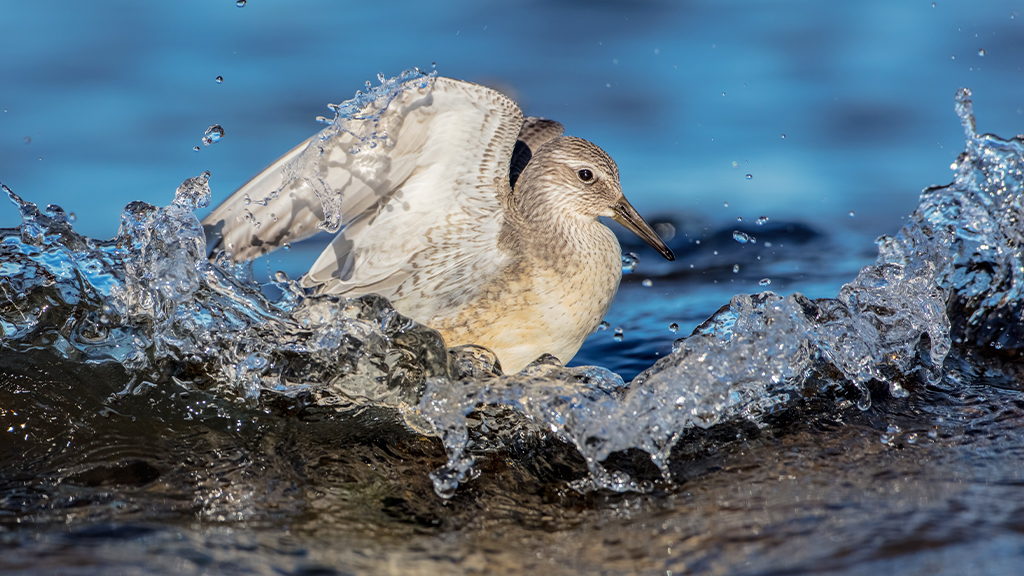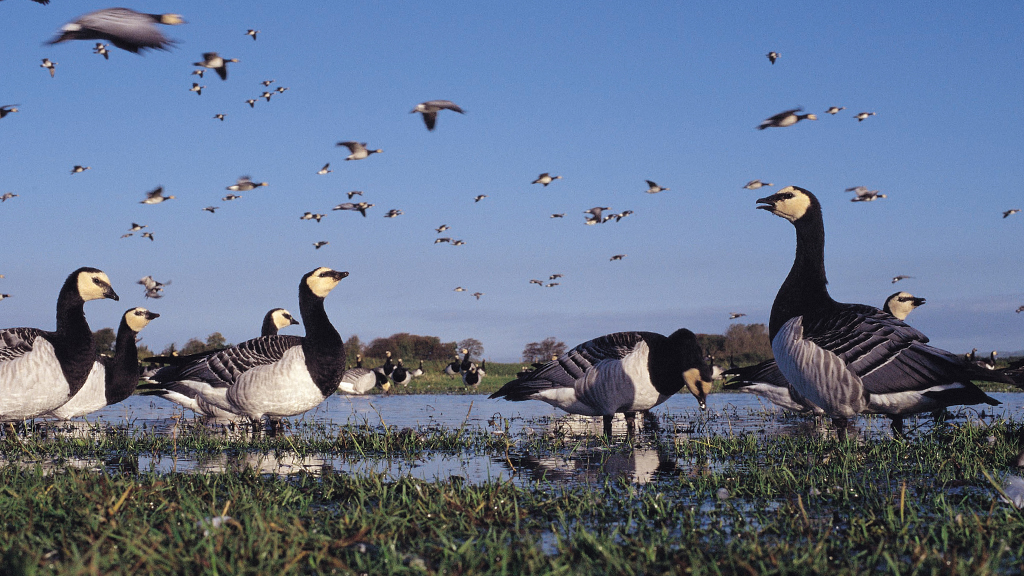Inside Sir Peter Scott's home
Ever wondered what a conservation legend's house looks like? Well, wonder no more. Join us to take a look around Sir Peter Scott’s lovingly restored Slimbridge home.
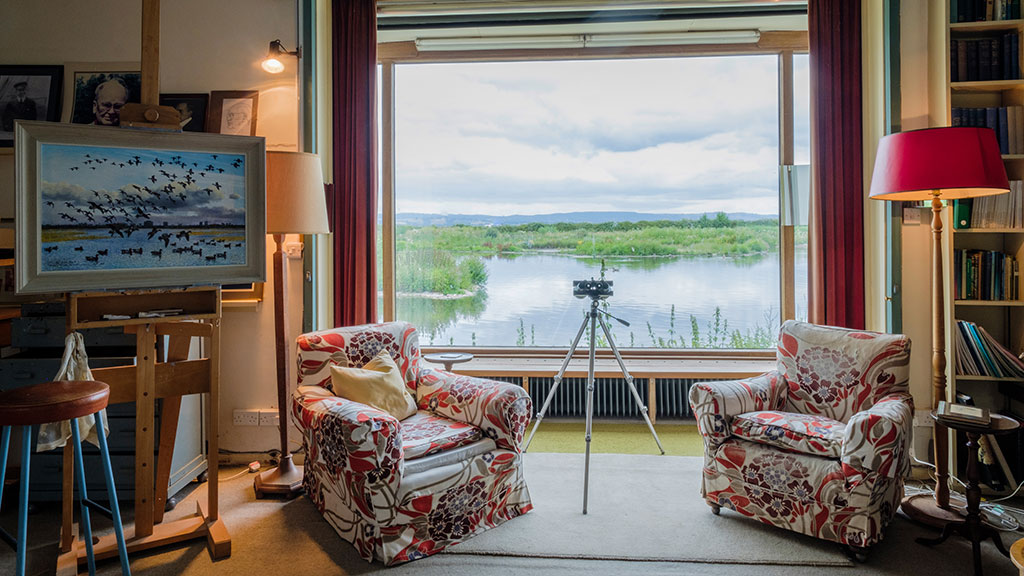
Long before the family moved into the purpose-built house in Slimbridge in the year of the Queen’s coronation, Sir Peter Scott was clear about what he wanted as its main feature. It still brings a gasp from everyone who steps into the room today.
The man Sir David Attenborough dubbed ‘the patron saint of conservation’ wanted a window on wildlife, a wide, practically floor-to-ceiling glass frontage like one he had admired during a trip to Canada, before the war. There, those indoors could watch great flocks of wild snow geese taking flight just outside.
The main picture-window room in Scott House would become a family lounge, with comfy chairs and cushions. Bathed in light, it became the artist’s studio, as the ducks, swans and geese that appeared on Scott’s canvas swam into view on the lake right outside the window. It was also a study, with a writing desk and bookshelves that grew into a library over time.
Nature for everyone
Within two years, this private space was doubling as a TV studio too, as Scott welcomed the cameras to record the world’s first live wildlife broadcast – Look – the Springwatch of its day. It turned its presenter into a national celebrity in a series that ran for 14 years.
He understood the power of showing wildlife up-close. After all, he saw and was inspired by it every time he came downstairs. It was Scott’s ethos of sharing nature that brought WWT into existence, and is maintained by his successors to this day.
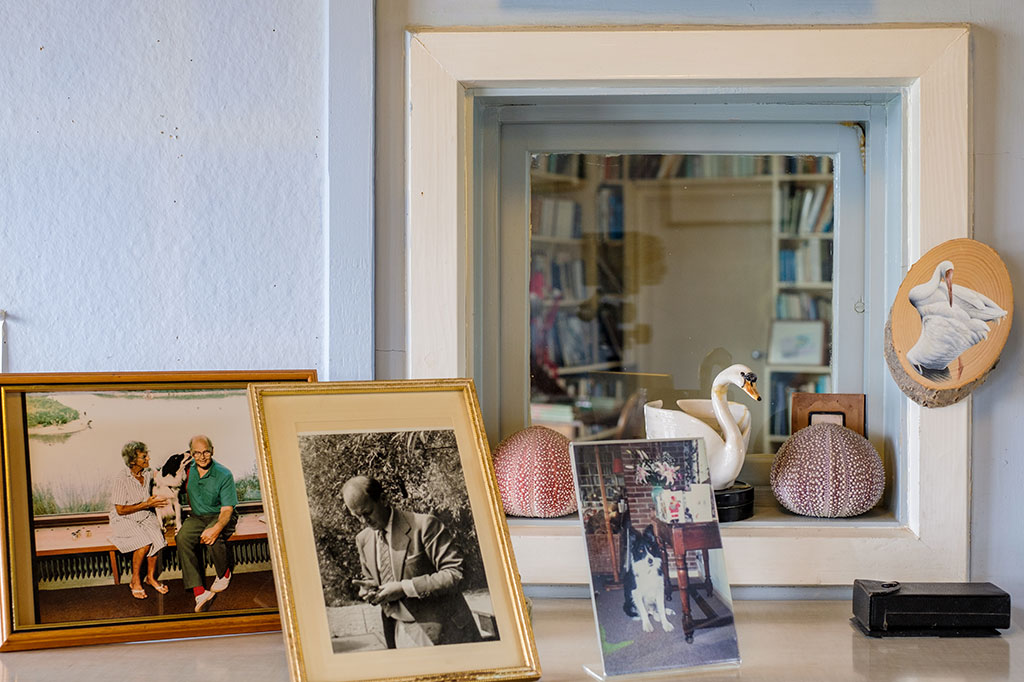
Sir Peter and Lady Philippa had the vision and selflessness to turn their good fortune to wildlife’s benefit. They kept a visitors’ book that was signed by both royalty and the ‘royalty’ of conservation. As the couple welcomed the great and the good into their home, it became a meeting venue, and a place of persuasion over a cup of tea.
It cannot be a coincidence that the Duke of Edinburgh was coaxed into becoming WWT’s President in 1960, the same year he sat in the Scotts’ lounge. He readily took up the same role a year later for WWF, an organisation that the far-sighted Scott founded to fund the protection of threatened species all over the planet.
Today, we have the privilege of walking around the ground floor of Scott House, a family home like no other. Although Scott himself died 30 years ago, the house is almost unchanged, as his widow Lady Philippa Scott altered little before her own death in 2010. Yet like any other family home, it is filled with a lifetime’s accumulation of bric-a-brac. But here the objects scattered on tables and mounted on walls are tangible evidence of lives that helped to shape the face of modern conservation.
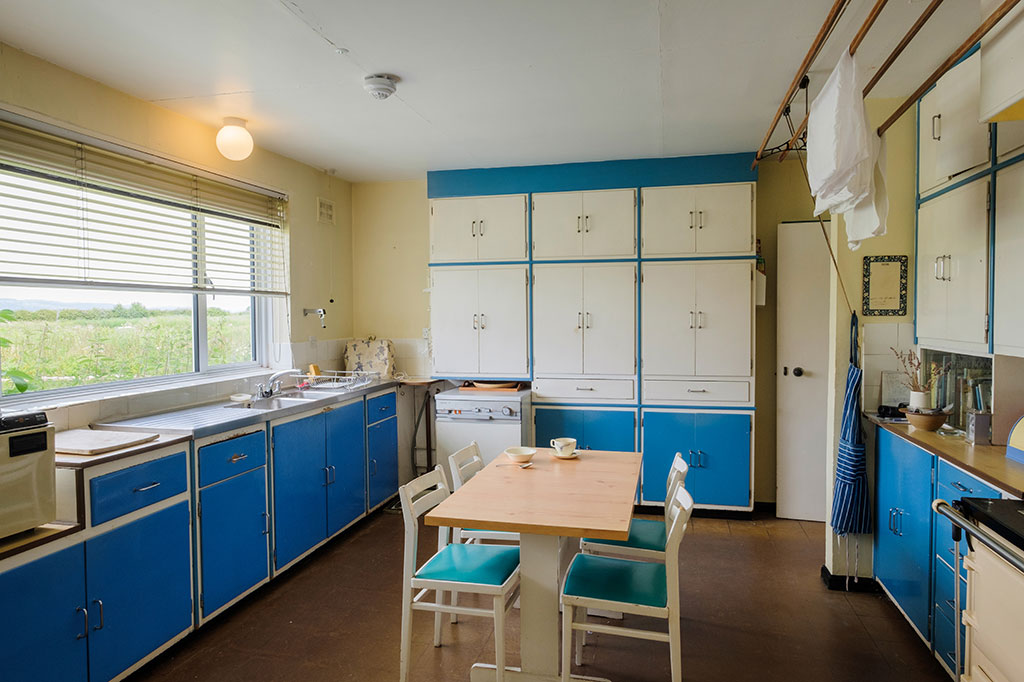
A glimpse of family life
The house also reveals something of the unusual domestic life of the outwardfacing Scott family. The children were instructed to ‘move as slowly as the hands of a clock’ when passing in front of the window, lest they disturb the wildlife. Their parents often crawled across the floor to get from one side of the room to the other to remain invisible through the windows. There was no let-up in the dining room, which boasted another big window. Lady Scott’s sitting room, its filing cabinets stuffed with more than 40,000 photographic slides that were used in books and other publications, was where the family huddled around the TV.
Scott House was always a local hub with global reach. Painting and studying birds from his studio, Scott learnt the importance of wetlands like Slimbridge to birds all over the world. The museum is a fitting tribute showcasing all the ways Scott worked towards this during his lifetime.
Some of our Scott House Museum highlights
Scott of the Antarctic
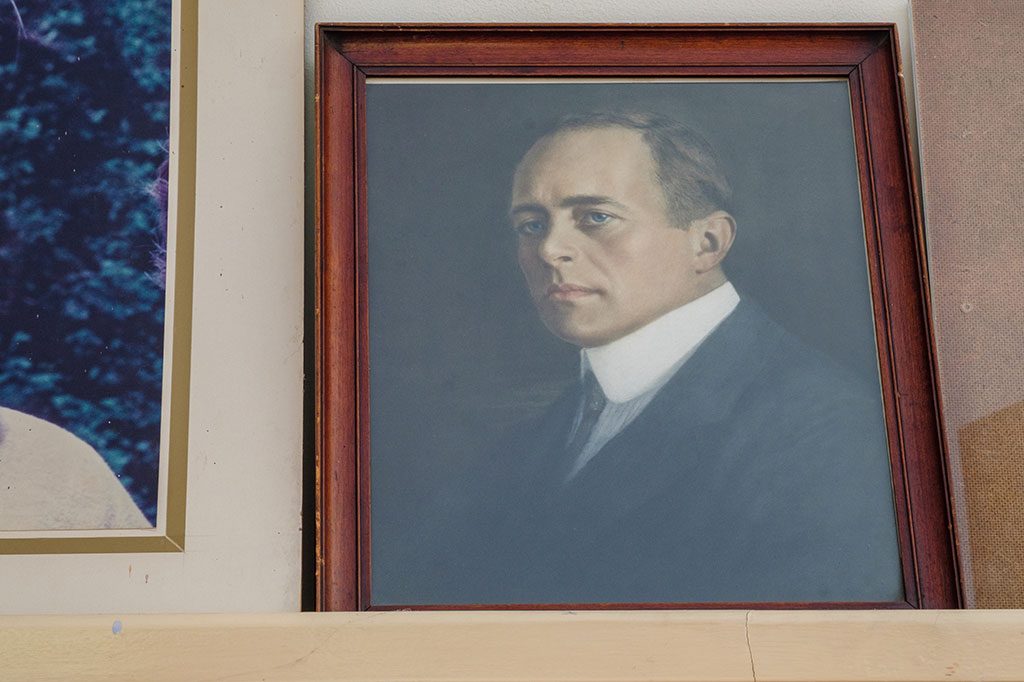
The famous Polar explorer died when his son was just two years old. In his last letter, he urged his wife to ‘make the boy interested in natural history if you can’. Captain Scott’s photograph sits above the painting chest. He would surely have been proud of ‘the boy’ and his achievements.
A window on wildlife
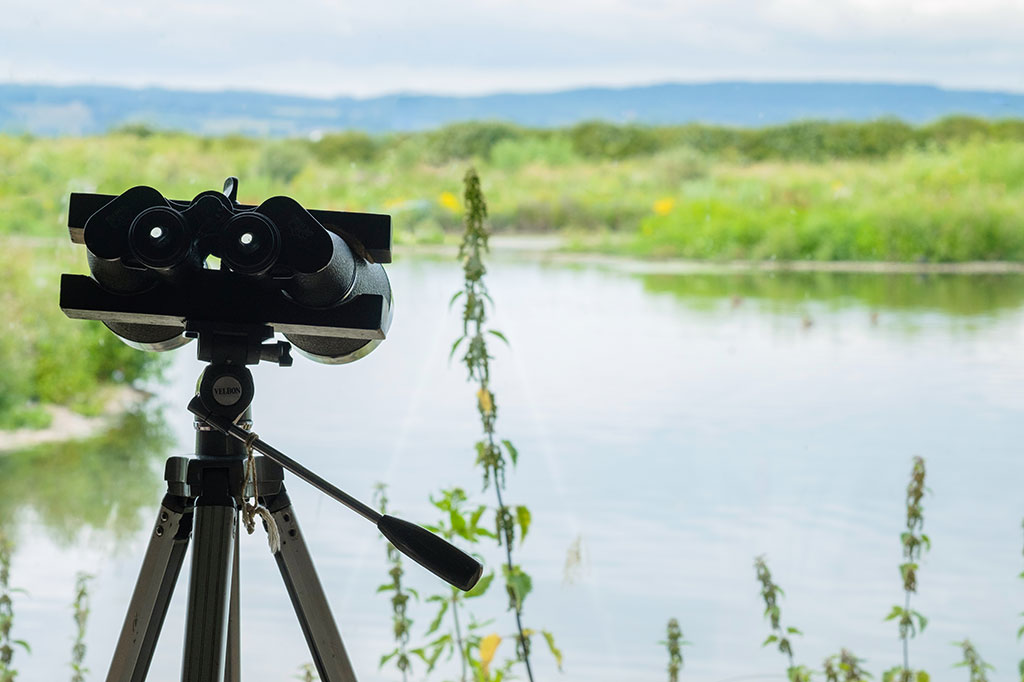
One of the chief requirements for the house that Scott planned in 1953 was for an unimpeded view of the wetland reserve. The huge picture window looks out over the Rushy Lake, a purpose-built lake where Scott began studying Bewick’s swans in 1964. It’s now one of the most intensive long-running single-species projects in the world.
The artist’s palette
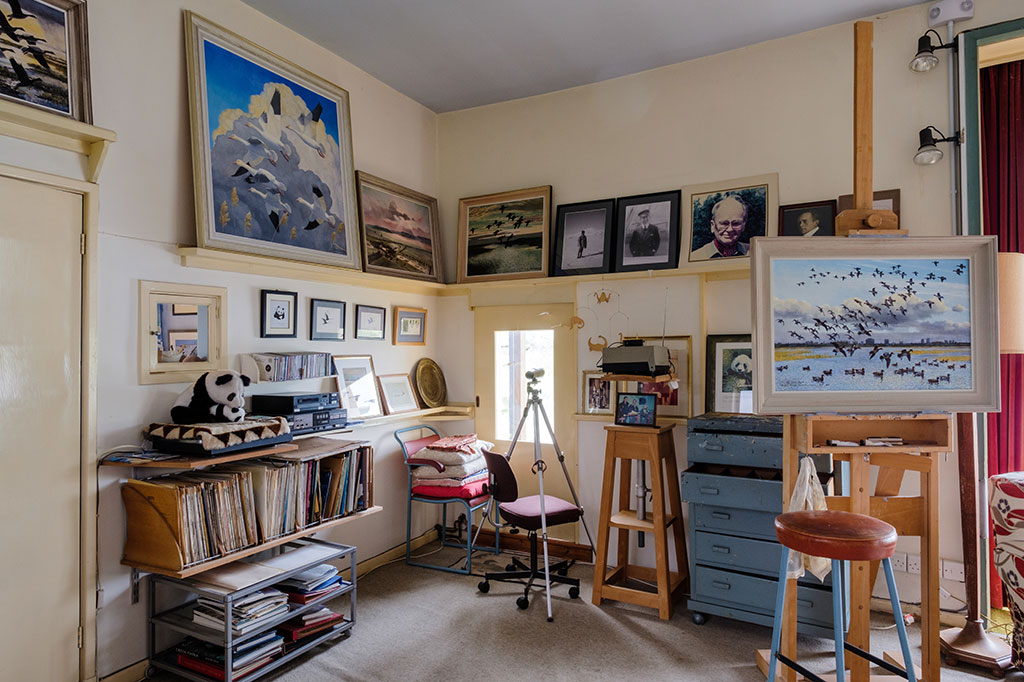
We can still see the practical workings of a great artist in the sturdy old chest of drawers that Scott turned into his painting chest. Not content with storing tins of paint and brushes in the drawers, Scott used the top as his palette, leaving dried blobs and splashes of colour in his artistic wake.
The unfinished ninth
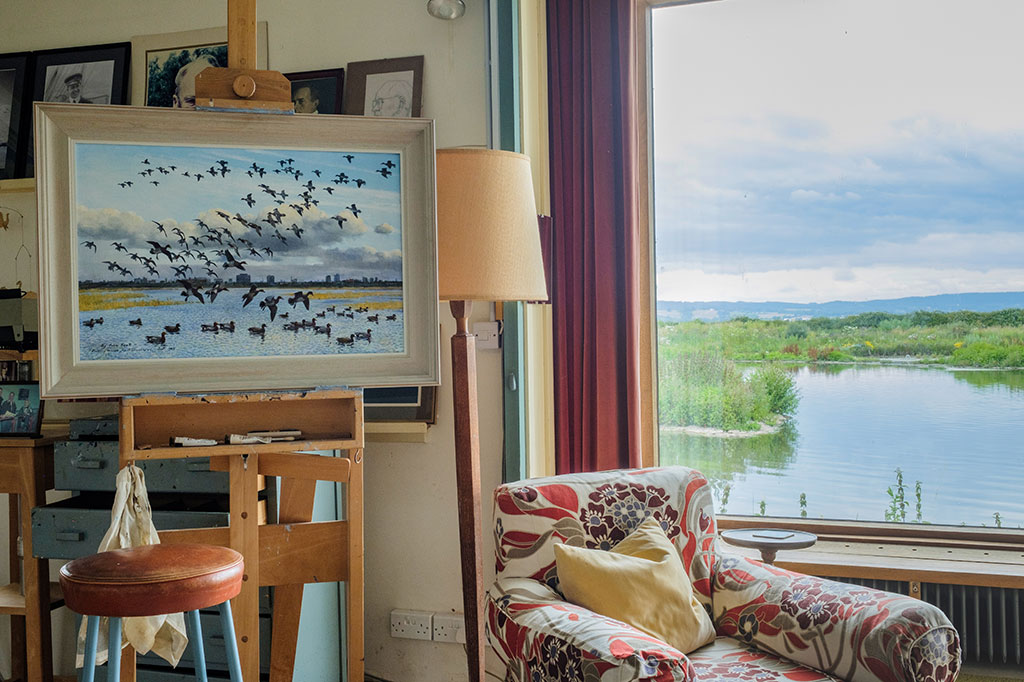
Scott’s final painting started as an impression of what London’s disused Barn Elms reservoirs could look like, transformed by WWT’s care. After his death, his friend Keith Shackleton completed the work, which still sits on its easel. Eleven years later, the London Wetland Centre became our ninth centre.
Booked up
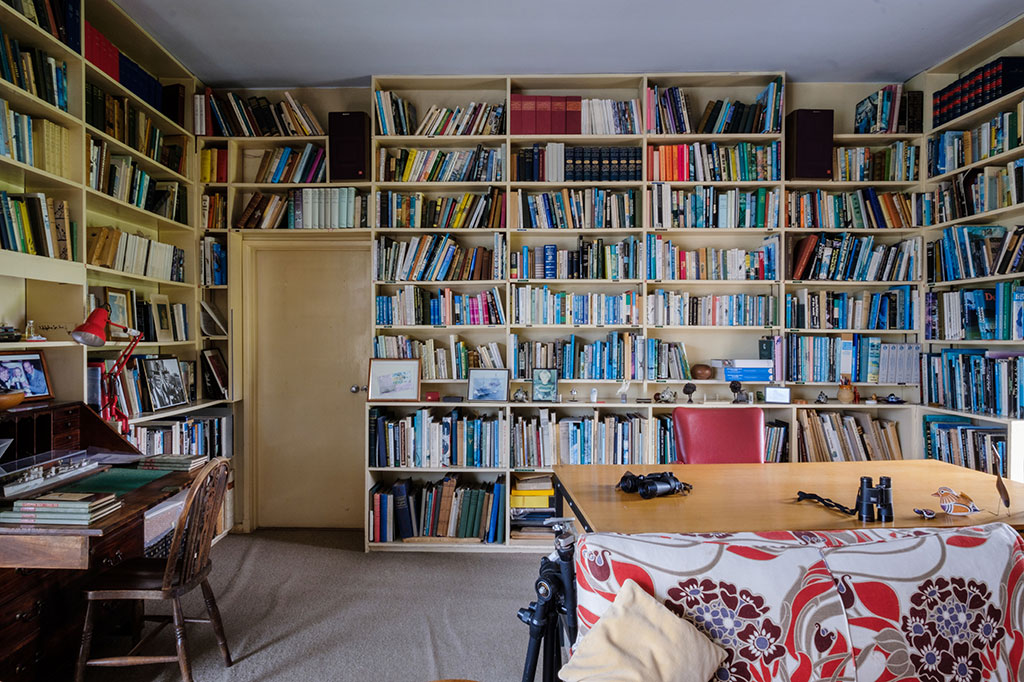
The eminent ornithologist built an impressive library of books about birds and other wildlife over his lifetime. These were an invaluable personal aid during decades of meticulous research. Scott House volunteers have started the huge task of cataloguing them. On the shelves are many books that Scott wrote himself.
The bear necessities
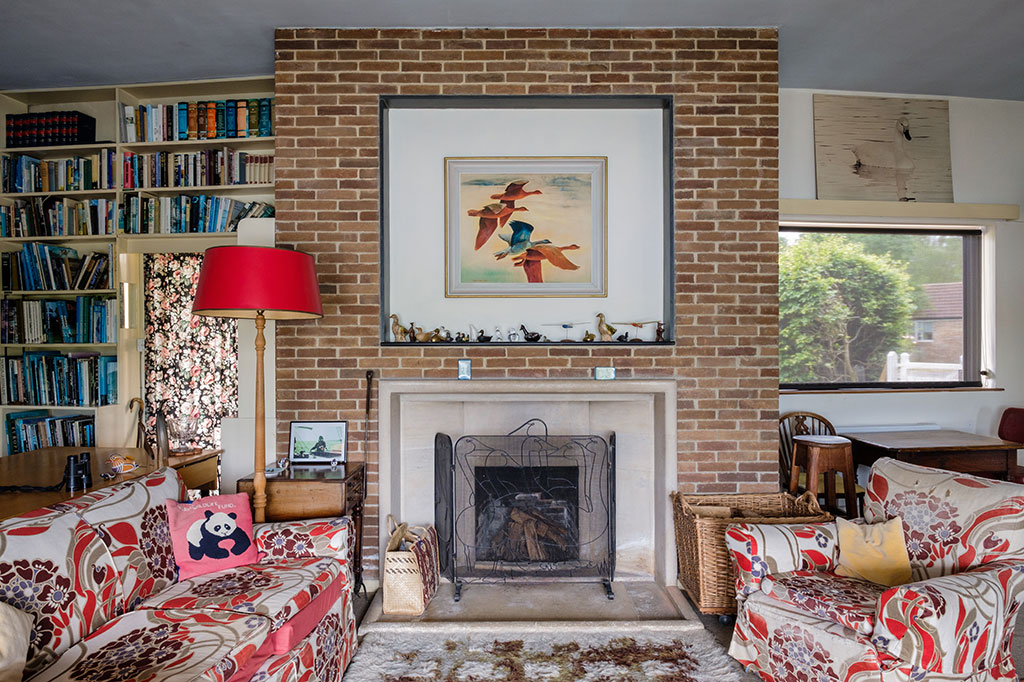
The panda cushion on the sofa is just one of a plethora of items relating to the world’s best-known bear that are scattered around the house. Scott co-founded the World Wildlife Fund to protect wildlife and even designed its iconic logo. His original drawing of it hangs on the studio wall.
The writer’s desk
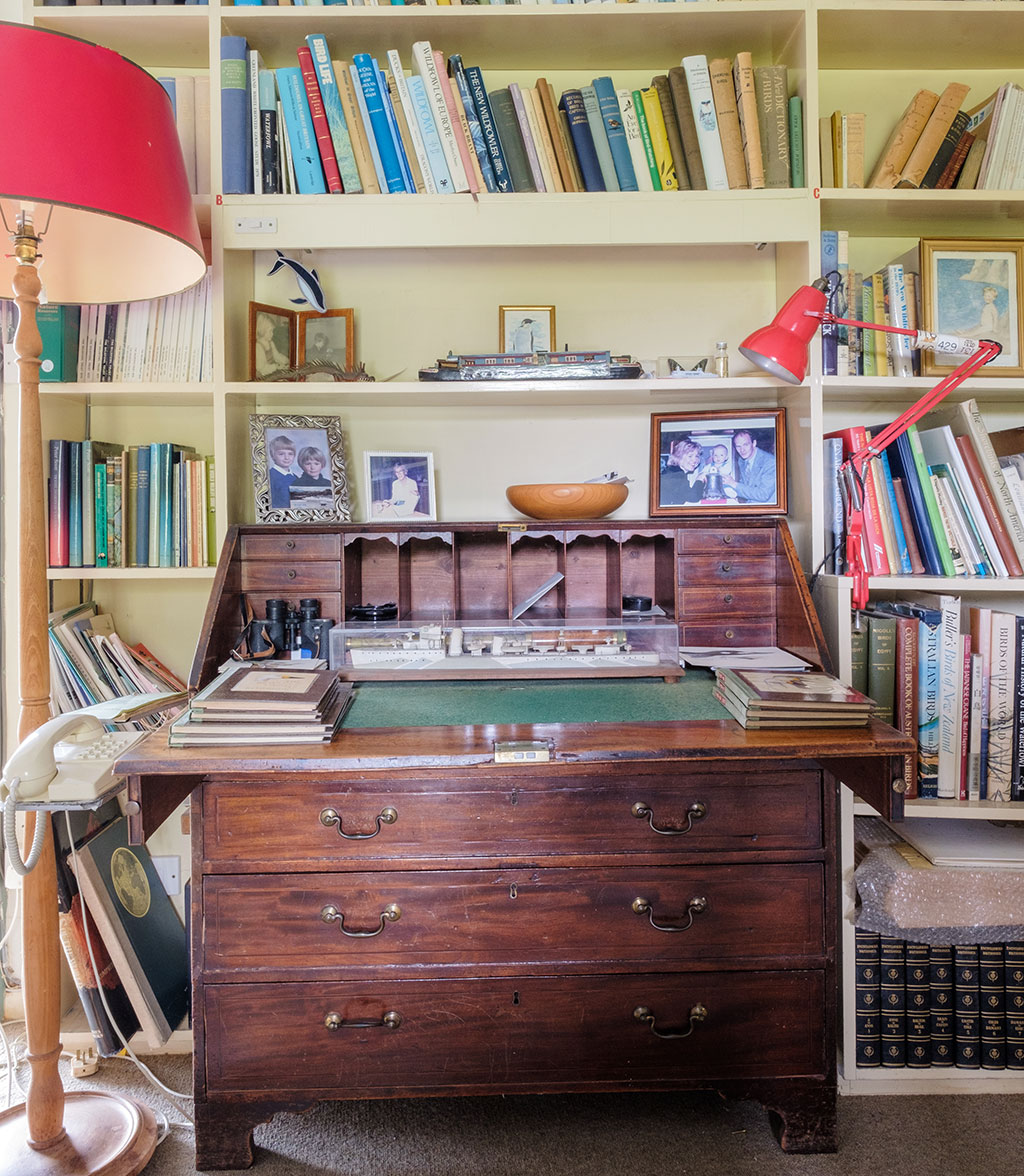
Pride of place on Scott’s cluttered bureau goes to a 1794 telescope that had belonged to the famous engraver/naturalist Thomas Bewick (after whom the swans were named). Scott’s swan diaries are here too, as well as a model of Beatrice, the canal boat that was a floating HQ for WWT in its infancy.
Book a tour
Scott House Museum is open daily for tours with our volunteer guides. Tours are included in the admission price or member entry, but a donation of £5 will help us to maintain Scott House. Book in advance to avoid disappointment.
Book now